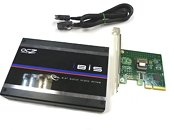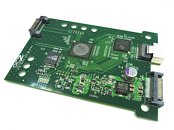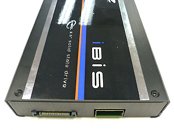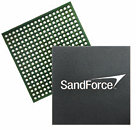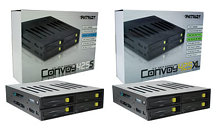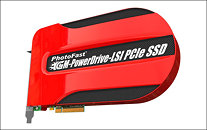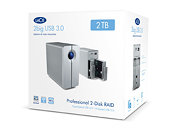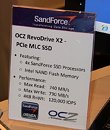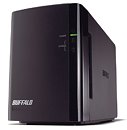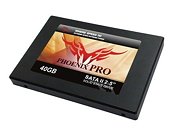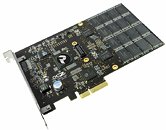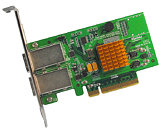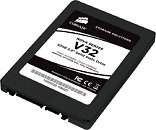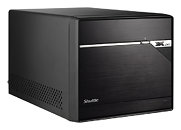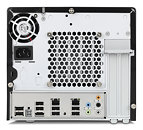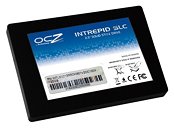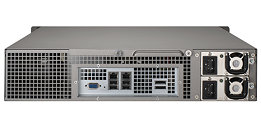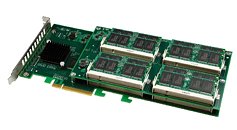
OCZ IBIS HSDL Solid State Drive Dissected
The High Speed Data Link (HSDL) interface, designed by OCZ as an alternative to SATA and SAS, for high data-rate and high I/O solid-state drives (SSD) in an enterprise environment, gained quite some attention. Funky Kit scored a sample, and got the chance to dissect OCZ's first SSD that makes use of the HSDL interface, the IBIS 160 GB. OCZ also found a novel way to propagate HSDL, by bundling a single-port PCI-Express x4 addon card. Upon taking apart the card, one can understand exactly how it works. Under the hood, there are two main PCBs, one that houses a HSDL-based 2-port SATA RAID controller, and the other, which holds two independent SandForce-driven SATA SSD sub-units.
Two two SSD sub-units are striped in an internal RAID 0, which is kept abstract to the host. The HSDL itself is technically very similar to PCI-Express, in being a point-to-point serial data link. The IBIS SSD is rated to have read-write speeds of 740 MB/s and 690 MB/s, respectively, with 4KB random write performance of 100,000 IOPS. The drive connects to its host PCI-E addon card over a proprietary-design cable, while retains the SATA power connector input of conventional SATA devices. The drive itself adheres to the 3.5" PC form-factor. More pictures can be found at the source.
Two two SSD sub-units are striped in an internal RAID 0, which is kept abstract to the host. The HSDL itself is technically very similar to PCI-Express, in being a point-to-point serial data link. The IBIS SSD is rated to have read-write speeds of 740 MB/s and 690 MB/s, respectively, with 4KB random write performance of 100,000 IOPS. The drive connects to its host PCI-E addon card over a proprietary-design cable, while retains the SATA power connector input of conventional SATA devices. The drive itself adheres to the 3.5" PC form-factor. More pictures can be found at the source.
